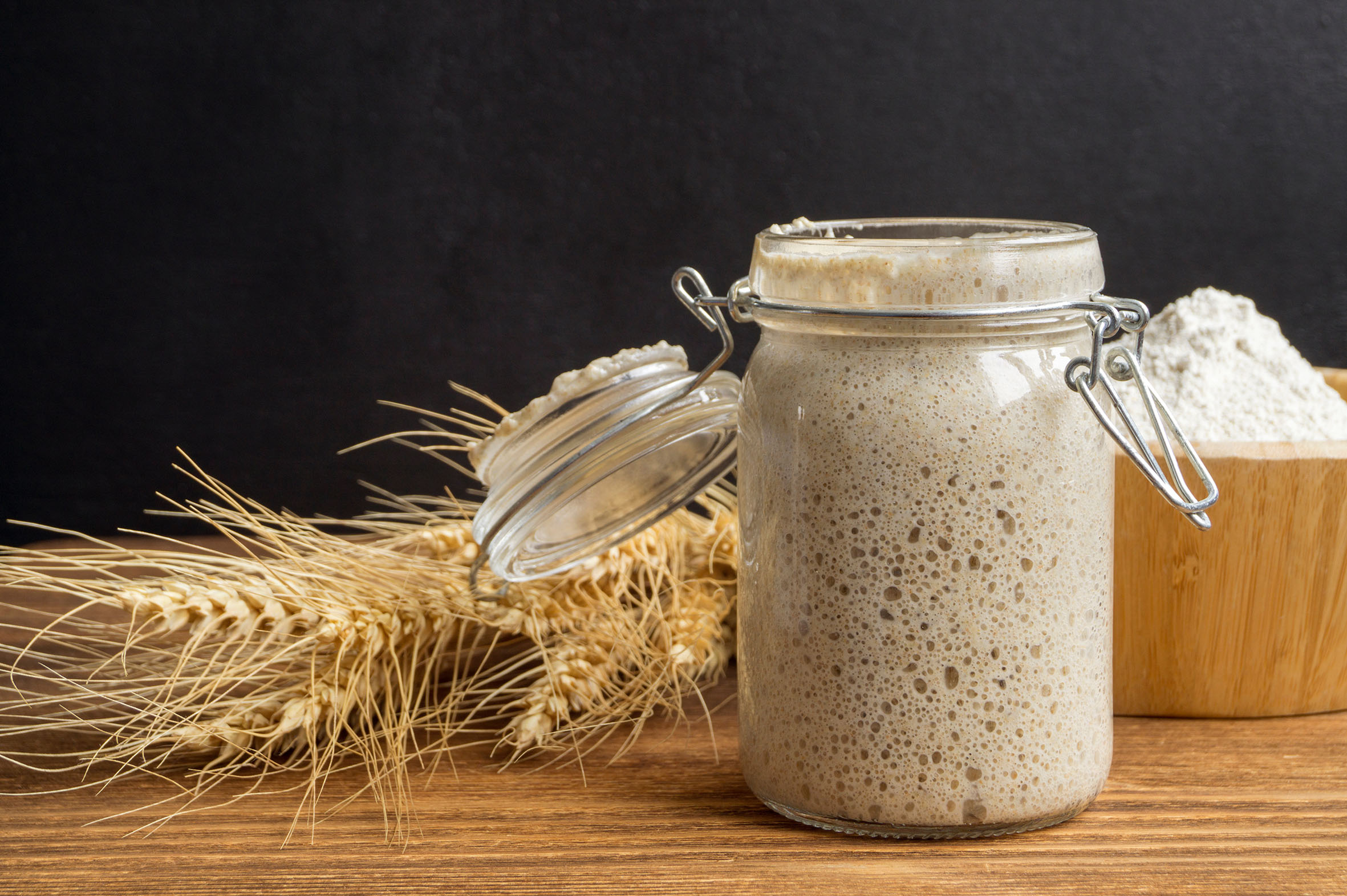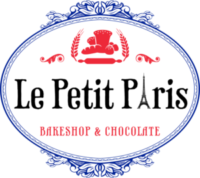
Active rye sourdough in a glass jar for homemade bread.
Pre-Fermentation Methods in Baking: A Comprehensive Guide
Introduction
Pre-fermentation methods play a crucial role in both artisanal and professional baking, significantly enhancing the flavor, texture, and shelf life of bread. These techniques involve preparing part of the dough before the main fermentation, allowing enzymes and yeasts to start breaking down the carbohydrates and proteins, which improves the overall quality of the final product. Among the most popular pre-fermentation methods are Poolish, Biga, Levain, Pâte Fermentée, Sponge, Autolyse, Yudane, and Tanzhong.
Advantages of Pre-Fermentation Methods
- Enhanced Flavor and Aroma: Pre-ferments allow for the development of complex and deep flavors, giving the bread a distinctive and unique taste. For example, Poolish and Levain are known for their significant contributions to the aroma of bread due to prolonged fermentation.
- Better Texture and Crumb: Techniques like Yudane and Tanzhong help create a softer and more tender crumb by retaining more moisture in the dough. These methods are particularly popular for soft and milk breads.
- Improved Shelf Life: Pre-ferments such as Poolish and Levain enhance the shelf life of bread, keeping it fresh for longer. Naturally fermented products have a more stable structure, reducing the risk of rapid staling.
- Nutritional Benefits: Prolonged fermentation, as with Levain, helps break down complex compounds, making the bread more digestible and often better tolerated by people sensitive to gluten. This also helps preserve and increase the availability of nutrients. For example, the breakdown of phytic acid by the enzymes in the starter improves the absorption of minerals such as magnesium, zinc, and iron. Additionally, pre-fermented breads have a lower glycemic index, which is beneficial for people with diabetes or those sensitive to blood sugar fluctuations.
Pre-Fermentation Methods
-
Levain (Sourdough)
- Usage: Widely used around the world.
- Description: Uses a natural mix of flour and water, fermented by natural yeasts and bacteria.
- Advantages: Adds unique depth of flavor and health benefits.
- Disadvantages: Requires regular maintenance and feeding.
-
Poolish
- Usage: Frequently used in the production of baguettes and other artisanal breads.
- Description: Mixes equal parts flour and water with a small amount of yeast, fermented for 12 to 16 hours.
- Advantages: Enhances flavor, texture, and shelf life.
- Disadvantages: Requires careful timing and temperature control.
-
Biga
- Usage: Commonly used in Italy for rustic breads like Ciabatta.
- Description: Firm starter with low hydration, fermented for 12 to 24 hours.
- Advantages: Provides complex flavor and good structure.
- Disadvantages: Long fermentation time and regular maintenance needed.
-
Pâte Fermentée
- Usage: Popular in French and artisanal bakeries.
- Description: A piece of dough reserved from a previous batch, added to a new dough to improve flavor and texture.
- Advantages: Enhances flavor and texture, easy to incorporate into regular baking routines.
- Disadvantages: May require planning and maintenance.
-
Autolyse
- Usage: Commonly used by professional bakers to improve dough quality.
- Description: Mixes only flour and water, left to rest before adding other ingredients.
- Advantages: Improves dough extensibility and flavor.
- Disadvantages: Requires a prolonged resting period.
-
Sponge
- Usage: Mainly used in the United States for enriched breads and pastries.
- Description: A mixture of flour, water, and yeast, fermented until bubbly.
- Advantages: Quick fermentation, enhances flavor.
- Disadvantages: Limited shelf life, requires quick use.
-
Tanzhong
- Usage: Popular in Asia, especially for soft breads like Hokkaido milk bread.
- Description: Portion of flour cooked with water to form a paste, then added to the main dough.
- Advantages: Produces a soft and fluffy texture.
- Disadvantages: Requires an extra step and precise heating.
-
Yudane
- Usage: Mainly used in Japan for soft breads.
- Description: Boiling water mixed with flour to create a gelatinized dough, then added to the main dough.
- Advantages: Creates a moist and tender crumb.
- Disadvantages: Extra step in the process, requires heating.
Conclusion
Pre-fermentation methods are essential for producing high-quality bread with superior flavor, texture, and shelf life. They allow bakers to manipulate and control various aspects of the fermentation process, offering increased flexibility and creativity in artisanal bread production. While each method has its own advantages and disadvantages, their continued use and refinement highlight their importance in the art of baking.
If you enjoyed this article and want to explore more about the art of French baking and our story, check out our other articles on our website.
To learn more about these methods, you can visit the following articles:

Leave A Comment